
Corrected Non-Responsive Keyboard on Windows 11 PC

Corrected Non-Responsive Keyboard on Windows 11 PC
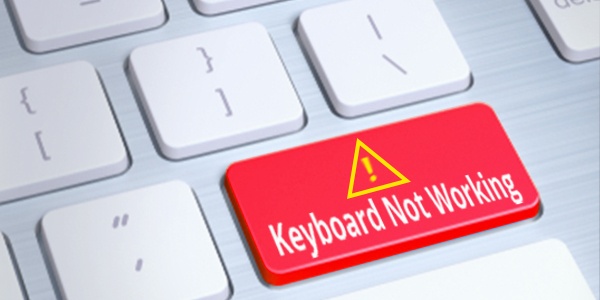
If you’ve recently upgraded to Windows 10 and nowyour keyboard isn’t working , you’re not alone. Many other Windows 10 users are reporting the same problem, especially after installing the KB4074588 update on February 13, 2018.
And fortunately, there’s a solution. Here are 5 options to try. You may not need to try them all. Just work your way down the list until you find the one that fixes the problem.
- Check your USB port is working
- Adjust your keyboard settings
- Reinstall your keyboard driver
- Update your keyboard and USB drivers (recommended)
- Switch to ChromeOS
Method 1: Check your USB port is working
Sometimes a USB port can just stop working when you upgrade to a new version of Windows. Usually, it’s because of a driver problem. You should always check for this problem first.
Fortunately, it’s easy to test: simply unplug the keyboard from the USB port and plug in another USB device – like a mouse or an external hard drive. If that device doesn’t work either, the USB port itself is the problem, and you should skip straight to Method 4 . If the device you just plugged in does work, then continue to Method 2 .
Method 2: Adjust your keyboard settings
Windows has a setting, called Filter Keys, that allows you to control how it deals with accidental repeated keystrokes. Unfortunately, if turned on, this setting has been known to cause some keyboards to stop working in Windows 10. So you should check if it’s turned on. If it is, you should turn it off and see if that resolves the problem.
- On your PC desktop, click theAction Center icon in the lower-right corner and clickAll settings .
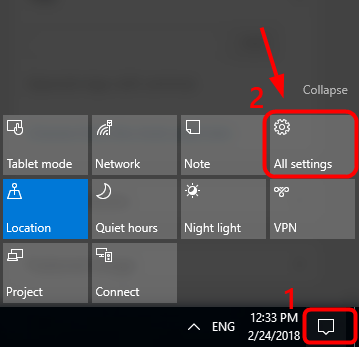
- ClickEase of Access .
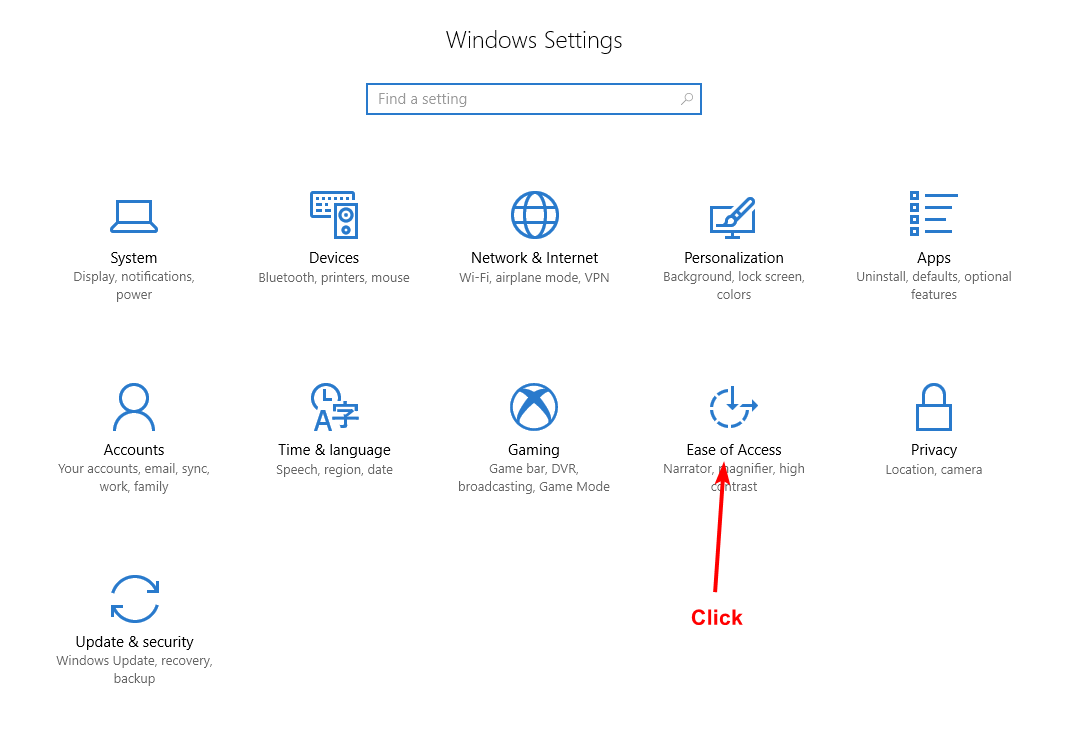
- ClickKeyboard .

- EnsureFilter Keys isOFF , and close the window.
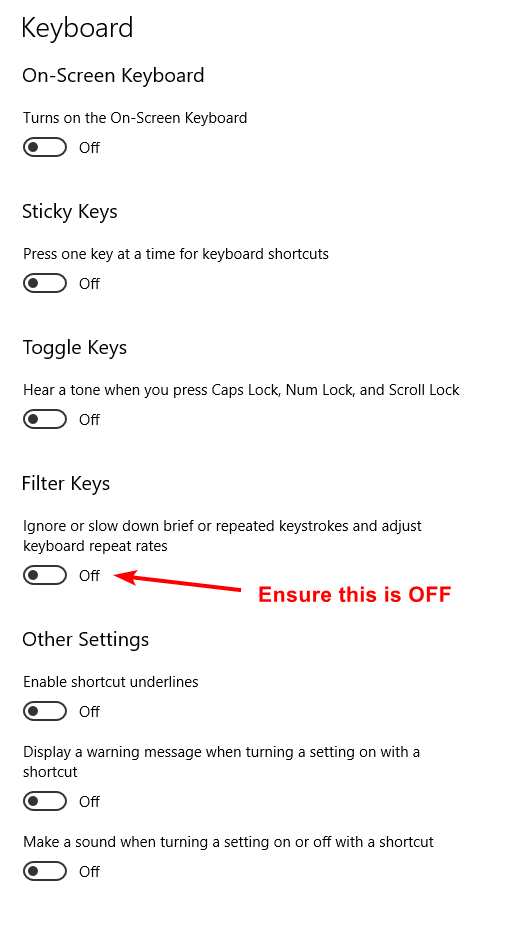
Method 3: Reinstall your keyboard driver
If your keyboard driver has developed a fault, your keyboard may stop working. To fix it:
- Right-click theStart button, then clickDevice Manager .

- ExpandKeyboards then right-clickStandard PS/2 Keyboard and clickUninstall .
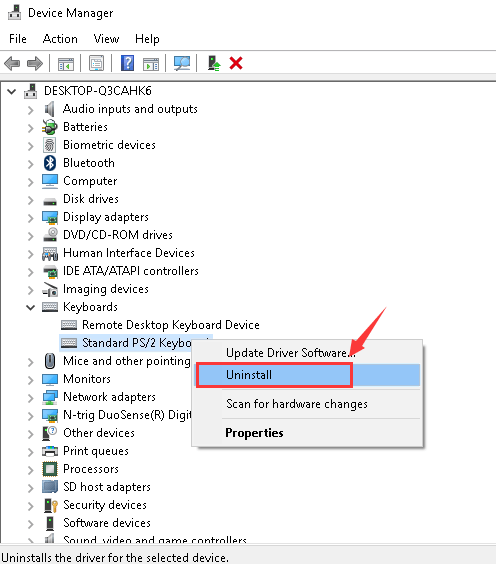
- When prompted to confirm, clickOK .

- Restart your computer after the uninstall. If the problem persists, it’s likely that your driver is outdated, rather than faulty, and you should try Method 4 below.
Method 4: Update your keyboard and USB driver (recommended)
One of the most common causes of an unresponsive keyboard is an outdated keyboard or USB driver.
There are two ways you can get the right drivers for your keyboard and USB port: manually or automatically.
Manual driver update – You can update your drivers manually by going to the manufacturer’s website and searching for the most recent correct driver. Note that for your USB driver, you may need to try both the manufacturer of your PC and the manufacturer of your USB port’s chipset. If you don’t have the time, patience or computer skills to update your drivers manually, you can, instead, do it automatically with Driver Easy .
Automatic driver update – Driver Easy will automatically recognize your system and find the correct drivers for both your mouse and your USB port. You don’t need to know exactly what system your computer is running or who all the manufacturers are, you don’t need to risk downloading and installing the wrong driver, and you don’t need to worry about making a mistake when installing. You can update your drivers automatically with either the FREE or the Pro version of Driver Easy. But with the Pro version it takes just 2 clicks (and you get full support and a 30-day money back guarantee):
Download and install Driver Easy.
Run Driver Easy and click the Scan Now button. Driver Easy will then scan your computer and detect any problem drivers.
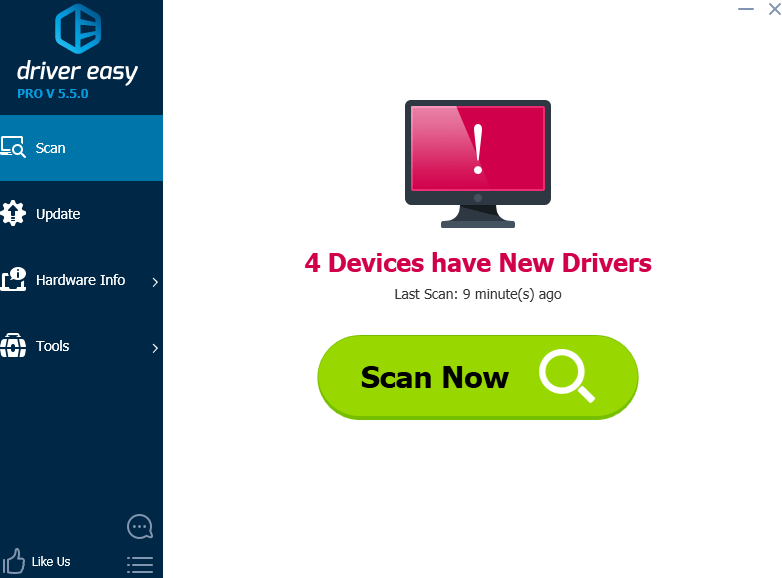
- Click theUpdate button next to the flagged keyboard (or USB device) to automatically download and install the correct version of it (you can do this with the FREE version).
Or clickUpdate All to automatically download and install the correct version of**all** the drivers that are missing or out of date on your system (this requires the Pro version – you’ll be prompted to upgrade when you click Update All).
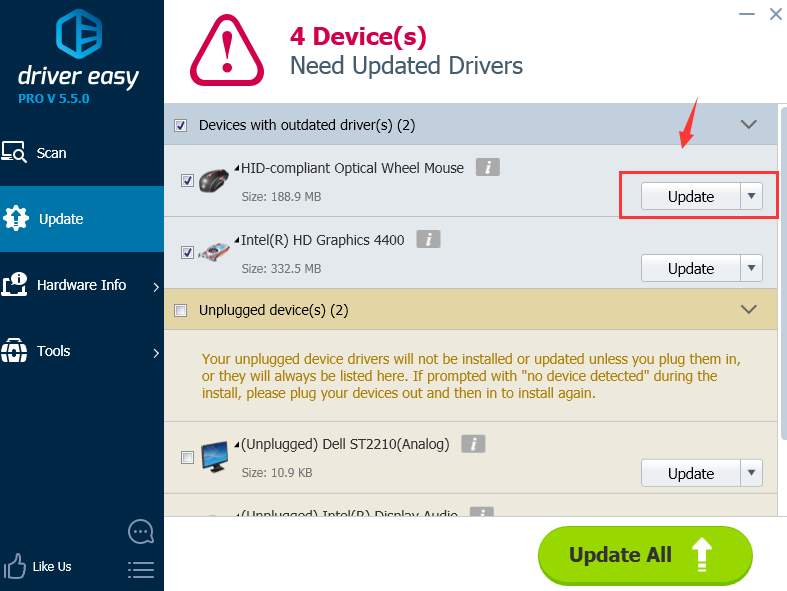
Method 5: Switch to ChromeOS
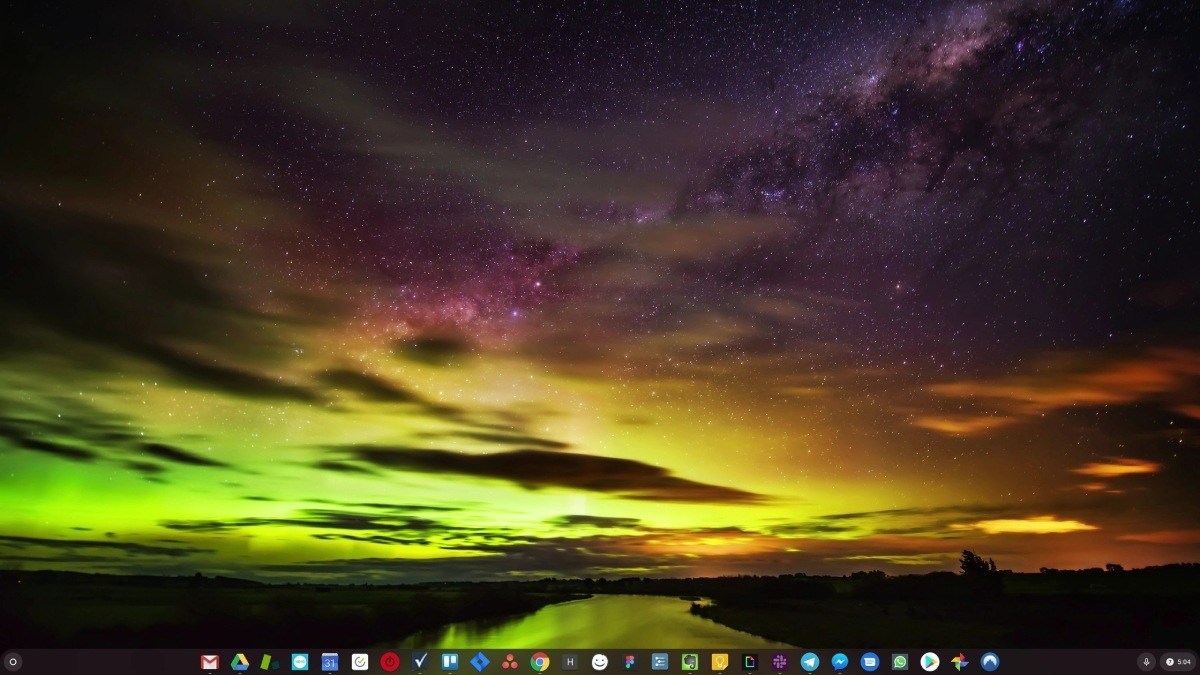
Windows is a very old technology. Sure, Windows 10 is relatively new, but it’s still just the latest iteration of a decades-old operating system, designed for a bygone era (pre-internet).
Now that we have the internet, fast connection speeds, free cloud storage, and endless web apps (like Gmail, Google Docs, Slack, Facebook, Dropbox and Spotify), the entire Windows way of doing things – with locally installed programs and local file storage – is totally outdated.
Why is that a problem? Because when you’re constantly installing uncontrolled third-party programs, you’re constantly opening the door to viruses and other malware. (And Windows’ insecure permission system compounds this problem.)
Plus the way Windows manages installed software and hardware has always been a problem. If your computer shuts down unexpectedly, or a program installs, uninstalls or updates incorrectly, you can get ‘registry’ corruptions. That’s why Windows PCs always slow down and become unstable over time.
Also because everything’s installed and saved locally, it doesn’t take long before you run out of disk space, and your disk gets fragmented, which makes everything even slower and more unstable.
For most people, the simplest way to solve Windows problems is to ditch Windows altogether, and switch to a faster, more reliable, more secure, easier to use and cheaper operating system…
ChromeOS feels much like Windows, but instead of installing heaps of programs to email, chat, browse the internet, write documents, do school presentations, create spreadsheets, and whatever else you normally do on a computer, you use web apps. You don’t need to install anything at all.
That means you don’t have virus and malware problems, and your computer doesn’t slow down over time, or become unstable.
And that’s just the start of the benefits…
To learn more about the benefits of ChromeOS, and to see comparison videos and demos,visit GoChromeOS.com .
Also read:
- [New] Audacity Workshop Eloquent Silent Transitions
- [Updated] 2024 Approved Instagram Angles The Complete Manual for Effective Video Turns
- [Updated] 2024 Approved Perfecting Professional Productions Using Vimeo's Tools
- 1. Streamline Video Conversion: Convert TRP to MP4 Online at No Cost - Movavi
- 2024 Approved HorizonHawk Reality Check
- 2024 Approved Pro Tech's Picks The Most Excellent Screen Recorder Apps
- AAC音源からMP3へ完全忠実な高速変換手順
- Device Access Denial - Windows 11 Graphic Issue
- Diagnosing Missing USB/Disc Drivers
- Efficient Troubleshooting for NDIS in Windows
- Error Rectified: HD Audio Bus
- How to Fake Snapchat Location on Apple iPhone 7 | Dr.fone
- How to Fix the Windows 7 'Blue Screen with Stop Code 0X0000007E'
- How to Resolve Missing Recognition of Your Logitech Brio Cam on Updated PCs Running Win 10 [Fixed]
- In 2024, Crafting Characters and Settings
- Resolve 'Device Unavailable' Message Windows XP
- Smoothing Out Bluetooth on Lenovo with W11
- The Art of Sound Transition in Logic Pro X
- Windows 7 Troubleshooting: Overcoming the Blue Screen Error 0X0000007E
- Title: Corrected Non-Responsive Keyboard on Windows 11 PC
- Author: Kenneth
- Created at : 2024-10-27 16:18:11
- Updated at : 2024-10-30 02:44:56
- Link: https://driver-error.techidaily.com/corrected-non-responsive-keyboard-on-windows-11-pc/
- License: This work is licensed under CC BY-NC-SA 4.0.